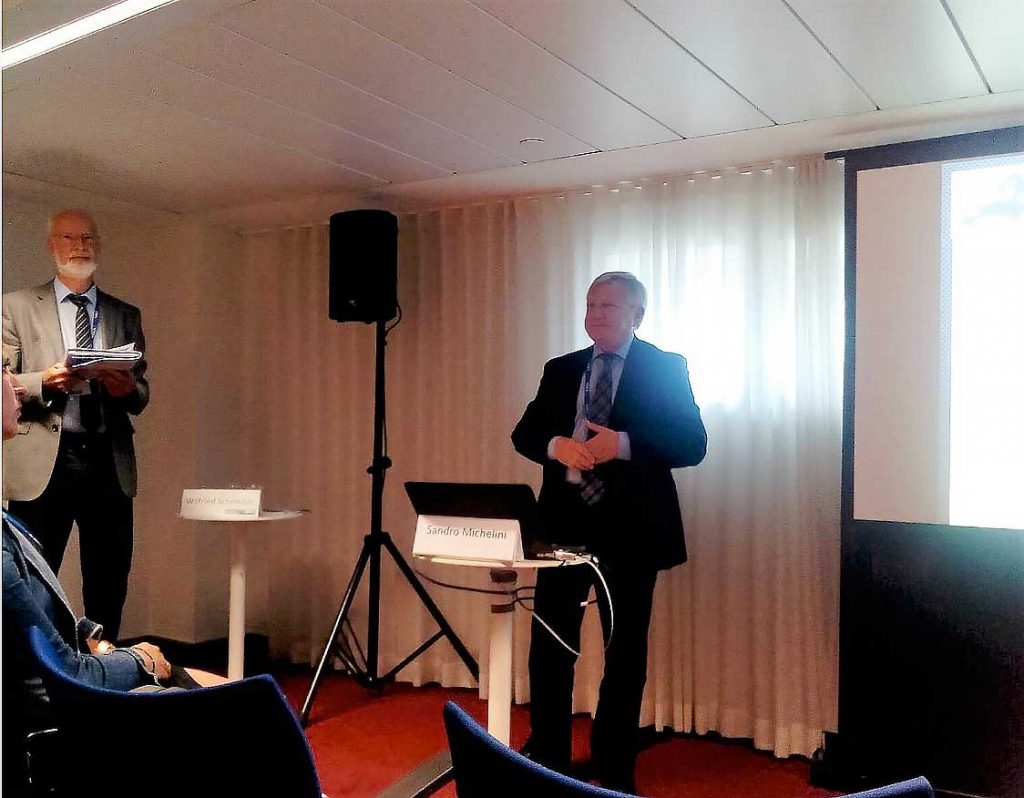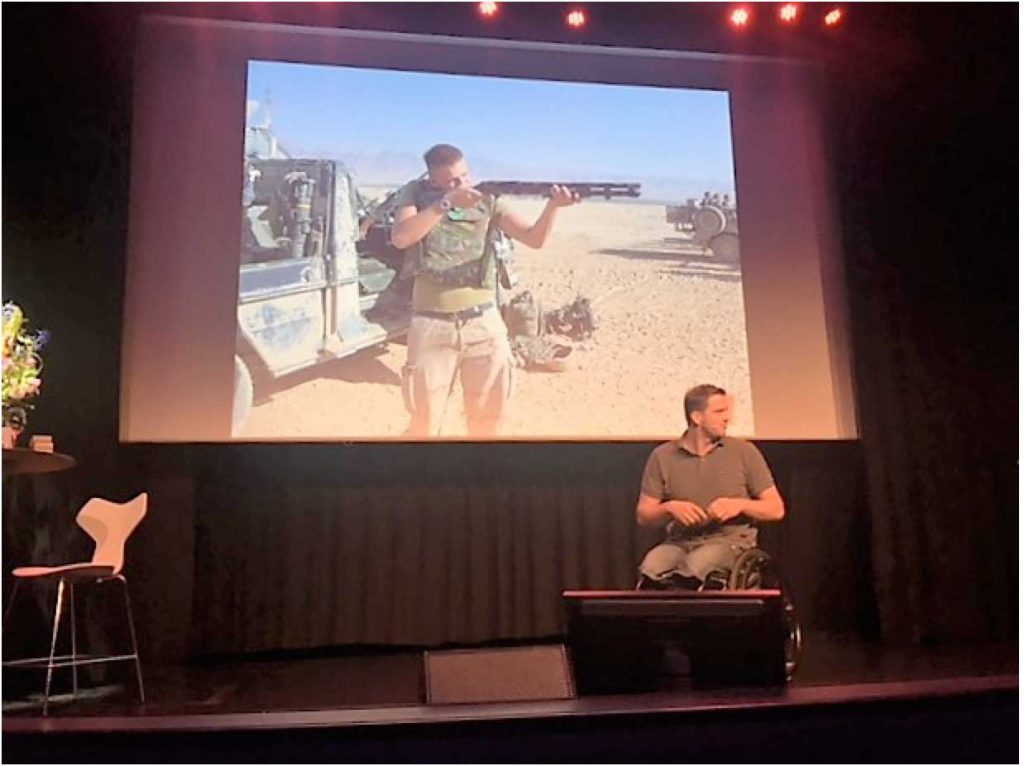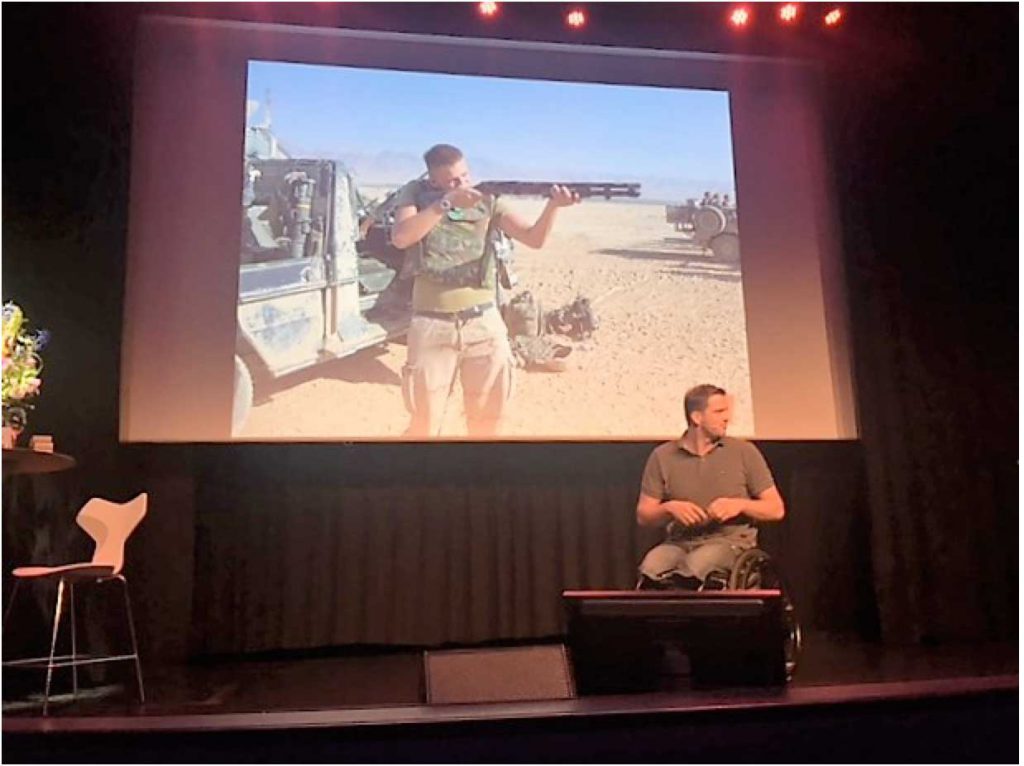Great attendance with over 550 participants, who alternated over the three days of work. Among them, over 200 were patients, eager to be present and share the experiences of the various health professionals, who presented their works; the patients themselves presented some of their ‘personal stories’, follow-up matter of interest for all those present.
 Among the various topics discussed during the conference days, obviously, there was Limprint, ILF’s spearhead; this collection of epidemiological data on oedemas has reached, with the contribution of 12 nations, the share of over 13,000 cases. Italy, with the participation of three Centres (Rome, Terni and Ancona), has contributed with over 1,500 cases gathered in a year of work (it seems they are among the highest number of data of the entire community). The first day, also the chairperson of the Turkish Society of Lymphology, Pinar Borman, presented the gathered data, with a high incidence of secondary forms (about 80% of the 600 total gathered cases).
Among the various topics discussed during the conference days, obviously, there was Limprint, ILF’s spearhead; this collection of epidemiological data on oedemas has reached, with the contribution of 12 nations, the share of over 13,000 cases. Italy, with the participation of three Centres (Rome, Terni and Ancona), has contributed with over 1,500 cases gathered in a year of work (it seems they are among the highest number of data of the entire community). The first day, also the chairperson of the Turkish Society of Lymphology, Pinar Borman, presented the gathered data, with a high incidence of secondary forms (about 80% of the 600 total gathered cases).
The surgical session, chaired by the Swedish Brorson, was characterized by the interventions of the Dutch Voesten and the British Nader Ibrahim; the first one illustrated advanced cases of Lymphedema that required highly “destructive” interventions, and others in which the neo-lipogenetic prevalence in tissues took advantage of the crucial contribution of Liposuction; the latter highlighted the results of microsurgery, with special reference to the post operative reduction of severe lymphangitis events. In the same session, the author of this report brought the preliminary results of a work, started three years ago, of data collection relating to patients undergoing various types of surgery (derivative or reconstructive Microsurgery, super-microsurgery, lymph node transplantation and Liposuction). A prevalence of positive results in the secondary forms compared to the primary ones was highlighted (on the first 95 patients in postoperative controls, one, two and three years after operation), but high percentages of “failure to succeed”, when (as in three presented cases) there was no clinical worsening by mistake due to an excess of ” indication to surgical treatment” (a Lipedema transformed into Lipo-lymphedema after surgery, a Klippel–Trénaunay syndrome in which an incorrect Lympho-scintigraphy had even been performed twice, with consequent error of therapeutic approach, and an inguinal lymphadenitis which, after the treatment, developed an important oedema of the ipsilateral lower limb). Excellent results in a case of secondary lymphedema of the upper limb, which had been present for more than 9 years and which was subjected to repeated episodes of lymphangitis; after surgery, in addition to an important decrease in volume and consistency of the limb, in this case the inflammatory complications disappeared(three-year follow up). On average, however, the results obtained were not equal to patients’ expectations. The study, of course, is going on. There was then an interesting plenary session on Obesity, with the intervention of the German Tobias Bertsch (Foldi Klinik) and the American Chuck Erlich (author, along with Herbst and Emily Iker of a text regarding the recommended and not recommended diet in the patients with lymphedema and with Lipedema). The first one underlined how Obesity, sometimes associated with Lymphedema and Lipedema, is the result of a mental problem of wrong approach to food (both quantitatively and qualitatively). The second stressed the importance of the intake of short-chain fat, rich in Omega 3 (such as nuts, fish, almonds, sunflower seeds, red rice, egg yolk) and the avoidance of long-chain ones, which abound in Omega 6 (extra virgin olive oil, meat, soy). Then satellite symposia were held. One led by 3M on the material known as Coban 2, which allows maintaining the benefits of the wrapped bandage unaltered for at least 4 days; a German physiotherapist and an English nurse explained the types of wrapping; of particular interest the one regarding Lymphedema of external genitalia, always very difficult to perform and keep on site. Another interesting Workshop was held by Partsch and Mosti, who, as representatives of the ICT Group, stressed the importance of the right pressures (Stiffness) applied by the materials on the tissues (often incongruous and disharmonious at the various levels of limbs). In the various rooms there were then interventions on the psychological aspects related to primary and secondary lymphedema, to decongestive physical treatment, usually considered a cornerstone of Lymphedema therapy, to water therapy (hydrokinesitherapy), and again to the surgical treatment, with Brorson that again emphasizes importance of Lyposuction, at the end of the decongestive physical treatment, when the fluid component of the oedema has been evacuated beforehand. Dessalvi and Giacalone reported about their cases of derivative microsurgery operations, both in primary and secondary forms (also in primary prevention for secondary lymphedema of the upper limb at preclinical stage). Dr. Marina Cestari presented a study on the aspects of Doppler echocardiography in primary and secondary lymphedema, highlighting its usefulness for the first clinic classification and monitoring of the performed treatment. The session on Lipedema, chaired by one of the world’s leading experts on the subject, Professor Schmeller, had many hints for reflection. The report regarding Lipedema and metabolic disease by the author of this comment aroused considerable interest. After reminding that the adipocyte secretes various substances, including Leptin, which, crossing the blood-brain barrier, reaches the hypothalamus and inhibits the sense of hunger, and Adiponectin, which increases the inflammatory status of tissues, the author has hypothesized that the adipose cell that makes up the Lipedema could, for example, secrete very little Leptin, not signalling its ‘presence’ to the hypothalamus (to be investigated in depth). But the study also focused on the observations that patients with Lipedema frequently have insulin resistance, hypothyroidism (sometimes determined by Hashimoto’s Thyroiditis, which affects about 20% of examined patients) and alterations of the progestogen balance. The resulting hypothesis is that, from a functional and clinical point of view, more than one type of lymphedema could exist and that certain observations could also explain the long-term failure of Liposuction, with recrudescence, in some cases, of the pre-existing clinical picture before intervention. At this point, Erlich asked if I had experienced reduced functional capacity in affected limbs and the undersigned replied that not only this is true, but that you can also observe, with a certain frequency, Backer cysts in the popliteal fossa in affected female patients, also young women, showing a suffering of the joint itself. The German Ellen Kuijper-Kuip then reported the guidelines of the German Lymphology Society related to Lipedema, complaining, as the undersigned had done shortly before, and stressing it, the lack of attention by the World Health Organization, that has not yet entered this pathology among the diseases recognized as such.
Schmeller himself confirmed in a nice cross-examination with Bertsch (a supporter of the physical therapy also in Lipedema), who, based on his experience, affirms that the only valid treatment is Liposuction, better if performed at the first stage, but that can be performed ‘gradually’ (in subsequent sessions, whose total number can reach 8-10) also in the IIndand IIIrdstages, with benefits for patients, both at a physical/functional level and regarding the decrease/disappearance of pain and spontaneous bruises.

Very interesting (and touching) was the testimony (as patient) of a young man who, due to a war event in Afghanistan, suffered the amputation of both lower limbs at the thigh. He succeeded (and transmitted it to those present) in transforming in a short time the state of mind of the people who suffered an extremely dramatic event in an opportunity, in a dream: compete and win, with due training, at Paralympic Games. And this is what, with great will, he obtained, to witness that with the positive will everything can be overcome and you can stay in harmony with yourself.
Great testimony, associated with a very high number of patients present in the session dedicated to them (over 200); maybe we should learn a little from other countries. In recent years we have attended various conferences in Scotland, Australia, in Syracuse, and now in Rotterdam; everywhere there has been a great participation of patients, except in Syracuse and in our ITALF National Congresses, which are anyway announced in good time before. I do not intendto be polemical against these people for whom many goodwill professionals are doing their best to alleviate their suffering; on the contrary, this is intended as an encouragement to attend meetings and confrontations, more frequently and with a better mood, a positive spirit, not aimed to self-pity, but to the desire to achieve a harmonious and serene standard of life. Let’s not write streams of words (which often, perhaps, are also legitimate ‘outbursts’!) on the various ‘socials’, where we may be intercepted by someone who, evidently, having time to devote to these aspects (hopefully in good faith!), pities you and tries to give you suggestions or answers to questions that would be much more appropriate to be asked in dedicated conference venues (just as it happens abroad, and as we have seen in recent days). Does it involve sacrifice? Logistic and economic (for travelling)? In other nations they do it; and they do it spontaneously and willingly!

One of the last sessions was entirely dedicated to lymphedema of the upper limbs. Belgrado has emphasized the benefit of Nordic Walking performed weekly; the undersigned has presented an experimental work that testifies the alteration of proprioception in long time swollen arms; cases in which some subjects almost forget to perform certain exercises they benefit from, and among other therapies, also the occupational one. The American Amer closed the works by reminding that movements width reduction of upper limbs can be prevented if we work on female patients in the immediate postoperative period, and also presented the 9thILF World Congress that will be held in Chicago in June 2019.
After the activities, a meeting restricted to the national representatives of the various Frameworks took place; we Italians illustrated the work of the last year’s ITALF, carried out in close relationship with SOS LInfedema Association (separate reports on the respective websites) and we also committed ourselves (responsible person Dr. Cestari) to implement the information that will be communicated through the same site (ITALF.org), also in English language.
After greeting the various friends and acquaintances, as well as the Board of ILF, we are back richer in ideas, not only in the research field, but also from an organizational point of view and proactive in daily practice.
Sandro Michelini.




